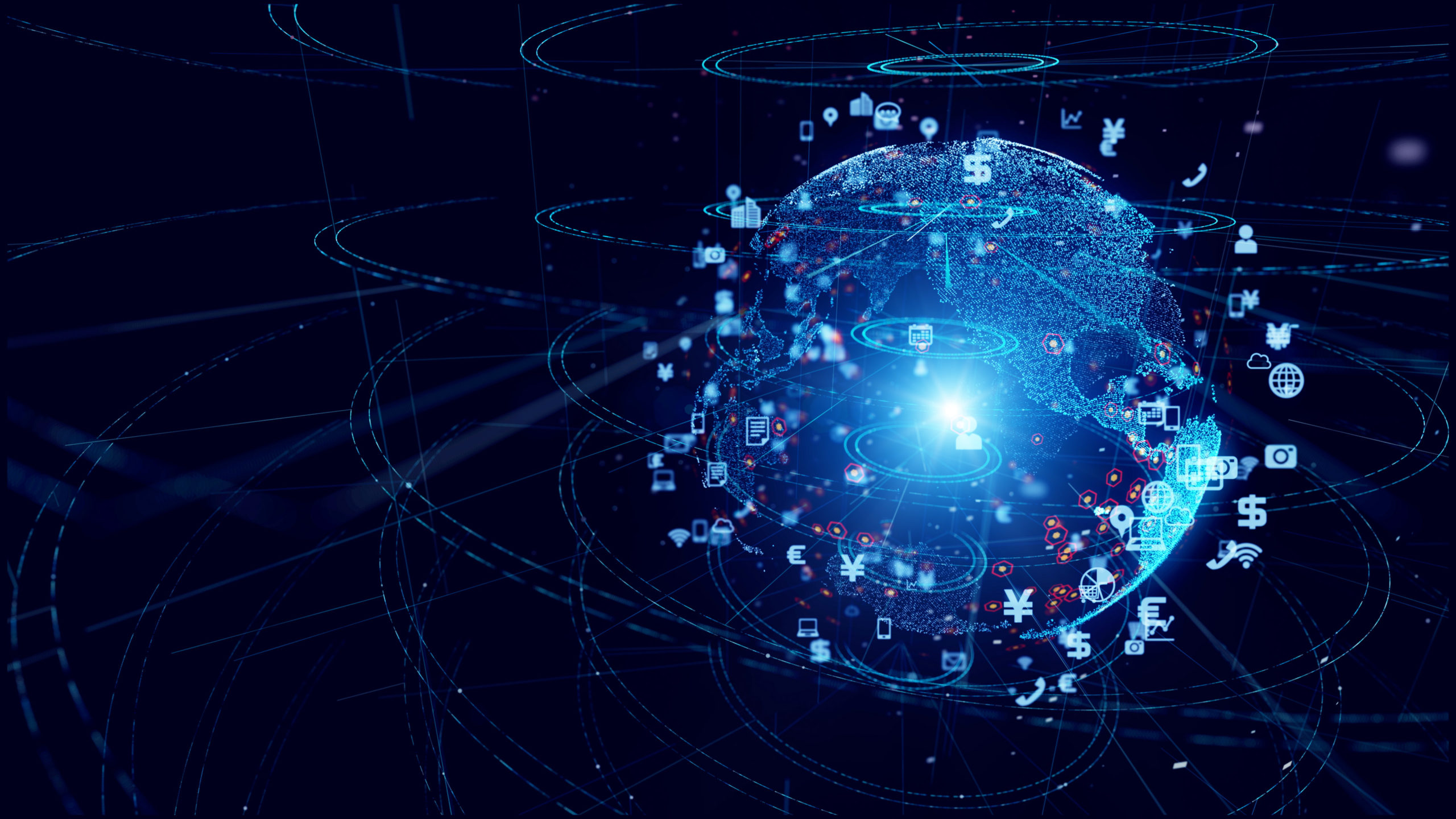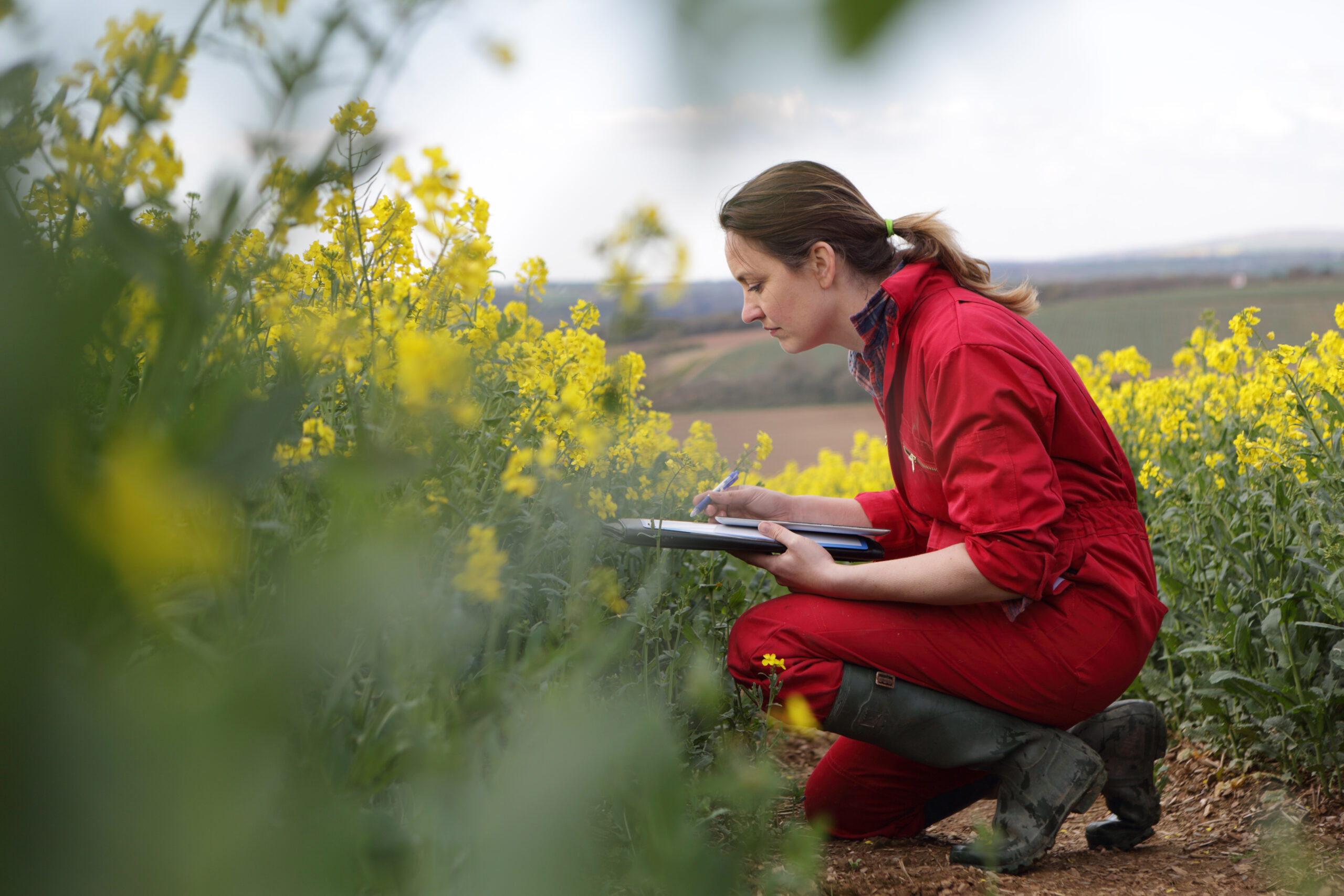Introduction
The Essential Considerations Around IoT Remote and Real-Time Monitoring
The ability to monitor and respond to data remotely and in real-time is not just an advantage; it’s a necessity that spans numerous industries, from safeguarding critical infrastructure to optimising logistics and tracking assets. This increasing need places a spotlight on the Internet of Things (IoT), a transformative technology that enables a level of connectivity between devices and the Internet that was once thought impossible. Leveraging IoT for remote and real-time monitoring empowers businesses to make quicker, data-driven decisions that enhance operational efficiency, safety and security.
However, achieving the seamless connectivity needed for IoT remote and real-time monitoring, especially in remote or challenging environments, presents its own set of hurdles. Terrestrial networks have advantages in built-up areas. Yet, their coverage, while extensive, becomes limited in reach and reliability, particularly in less accessible areas. Meanwhile, satellite connectivity offers a blanket of global coverage, ensuring no device is too far to connect, yet for some applications, it may not be the optimal approach.
Choosing the appropriate option for the use case is paramount. When seeking to harness the value of remote and real-time monitoring, understanding the nuances between terrestrial and satellite connectivity—and when each is most beneficial—can be the blueprint for success.
Purpose and Expertise
At EchoStar Mobile, our connectivity solutions help businesses gain real-time access to their critical data. While we offer ‘traditional’ mobile satellite services (MSS), we also stand at the forefront of innovation in this area, pioneering direct-to-satellite network solutions and dual-mode (satellite and terrestrial) technology to keep your devices connected, no matter where they are. Always seeking to provide our clients with the best connectivity solution for their unique remote and real-time monitoring requirements, EchoStar Mobile is well-positioned to provide expert insight into this topic.
Using this knowledge and experience, in this guide, we’ll discuss the importance of IoT remote and real-time monitoring, explore its vital role in a range of applications and guide you through the technological considerations necessary to implement it effectively. We’ll also share future trends in IoT remote and real-time monitoring, discussing how emerging technologies can add value to these processes.
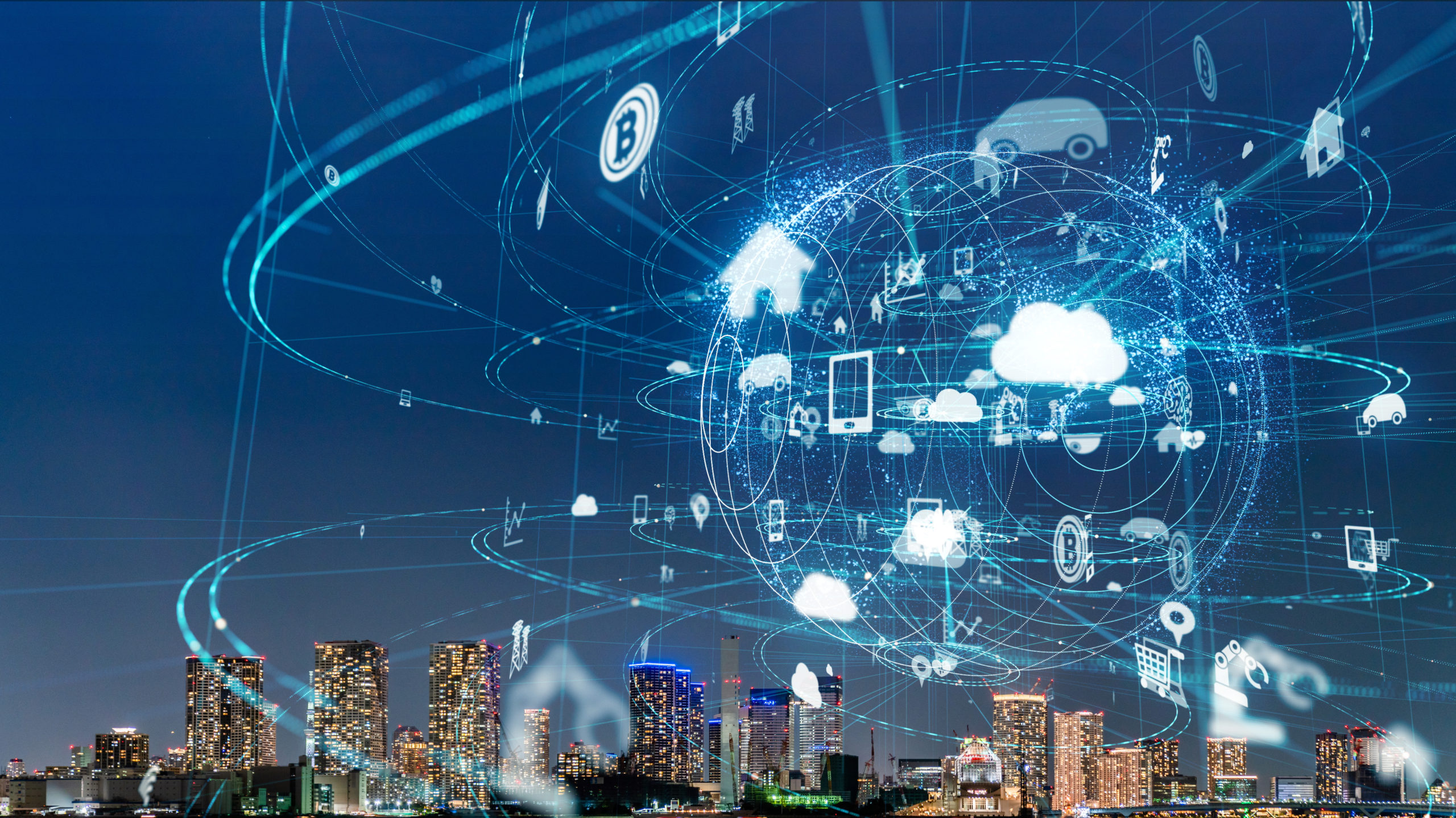 What is Remote and Real-Time Monitoring, and Why is it Important?
What is Remote and Real-Time Monitoring, and Why is it Important?
Remote and real-time monitoring are critical processes that can enable your organisation to gain more accurate, instantaneous insights into your operations and assets than ever before. At its core, remote monitoring involves the collection of data from devices and sensors located across various, often distant, locations. This data is then transmitted to a central system for analysis and action. Real-time monitoring goes a step further by ensuring that this data is collected and processed immediately to support swift action. These processes have particular value when your activity or assets are spread over vast distances, and monitoring in person is inefficient, costly, and cumbersome.
Remote and real-time monitoring serves as the foundation for numerous IoT applications today, facilitating a level of responsiveness and decision-making agility previously unattainable.
The Essence of IoT Remote and Real-Time Monitoring
Imagine a network of sensors spread across a region’s water supply system, continuously measuring quality and flow rates, or bespoke monitors deployed strategically across agricultural fields, gathering data on crop health and soil moisture levels. These scenarios exemplify remote and real-time monitoring, where critical data is collected from various sources and conveyed almost instantly, allowing for immediate analysis and response.
The technology underpinning this capability includes a combination of IoT devices (sensors, actuators, and other monitoring equipment), connectivity solutions (ranging from Wi-Fi and cellular to satellite networks), and data processing platforms (both on-premises and cloud-based).
The Criticality of Real-Time Data
The power of real-time data acquisition and processing cannot be overstated. In scenarios where every second counts, the ability to make informed decisions promptly can be the difference between preventing a disaster and mitigating its aftermath. For instance, in the event of a breach in a critical infrastructure facility, immediate alerts and automated responses could halt or minimise damage. Real-time monitoring also allows for the dynamic control of systems and processes, such as adjusting the flow in pipelines based on immediate demand or environmental conditions, thereby enhancing operational efficiency and safety.
The Value Across Industries
The remote and real-time monitoring applications span a diverse array of sectors, each with unique challenges and requirements. For example:
Critical infrastructure: In energy production, water treatment, and telecommunications, real-time monitoring ensures the integrity and uninterrupted delivery of these essential services. Early detection of anomalies allows for rapid responses, preventing outages and ensuring public safety.
Environmental monitoring: From tracking air quality to monitoring wildlife habitats, real-time data helps environmentalists and governments make immediate decisions to protect ecosystems and respond to environmental emergencies, such as forest fires or sudden pollution spills.
Asset tracking: For logistics and supply chain management, real-time monitoring of goods and vehicles optimises routes, reduces delays, and enhances security. Companies can respond dynamically to changes in transit conditions or customer demands, significantly improving service levels.
Agriculture: Precision farming relies on real-time data to make informed decisions about irrigation, fertilisation, and harvesting. Access to this information increases yield and efficiency, conserves resources, and reduces environmental impact.
By enabling immediate decision-making and enhancing responsiveness, remote and real-time monitoring empowers businesses and governments to address challenges proactively, adapt to changes swiftly, and seize opportunities as they arise.
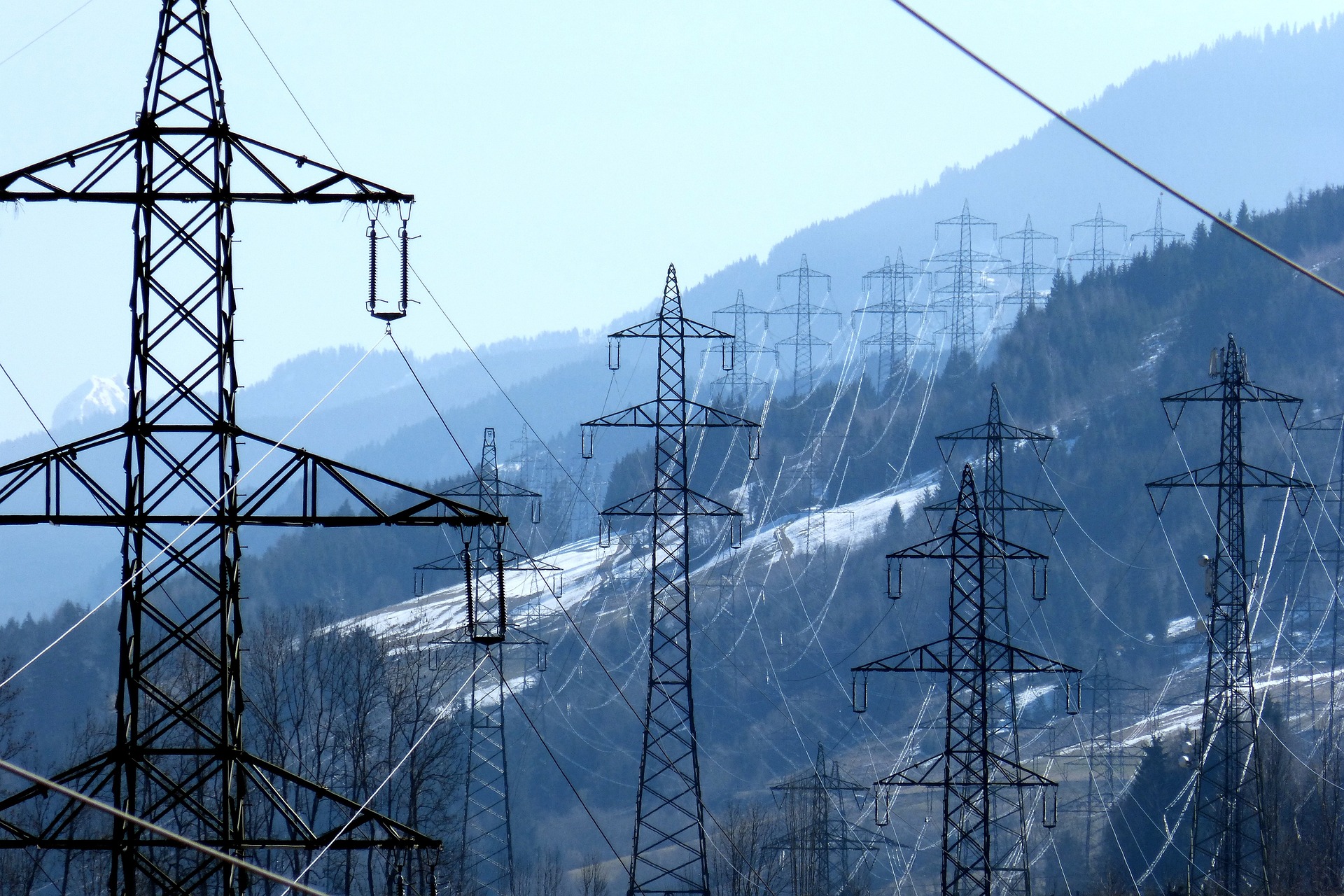
Terrestrial Connectivity Solutions
Terrestrial connectivity plays a pivotal role in facilitating real-time and remote monitoring across a multitude of IoT applications. By harnessing the power of existing infrastructure, from cell towers to Wi-Fi routers, these connectivity solutions enable the continuous flow of information necessary for timely decision-making and operational efficiency.
Cellular Networks (2G/3G/4G/5G)
With their extensive coverage, cellular networks are instrumental in supporting mobile or urban IoT applications that require real-time data transmission. The evolution from 2G to 5G has significantly improved data transmission speeds and reliability, enabling applications that depend on instant data access—such as emergency response systems or traffic management—to function almost seamlessly.
Wi-Fi and Bluetooth
In environments where devices are closely clustered, such as in smart homes or offices, Wi-Fi and Bluetooth excel in enabling high-speed, short-range communication ideal for real-time monitoring. These technologies allow for the immediate transfer of data between devices and central systems without the need for cellular networks, facilitating applications like security surveillance or environmental monitoring within buildings, where rapid response to data is crucial.
LoRa® and NB-IoT: Low-Power Wide-Area Network (LPWAN) Technologies
On the other end of the spectrum are Low-Power Wide-Area Network (LPWAN) technologies such as LoRa® (Long Range) and Narrowband IoT (NB-IoT). LoRa® uses radio communication and gateways to transmit data, while Narrowband IoT (NB-IoT) typically relies on cellular infrastructure. These technologies are designed for scenarios where devices need to send small packets of data over long distances without consuming much power. They are ideal for applications where devices are spread out, such as smart city infrastructure management, where sensors monitor everything from street lighting to waste management systems across urban areas.
Challenges of Traditional Connectivity
Despite the strengths of terrestrial connectivity in enabling real-time and remote monitoring, challenges such as signal range limitations and infrastructure requirements can impact its effectiveness, particularly in less accessible regions. In agriculture, for example, the need for constant data to monitor crop conditions necessitates a connectivity solution that can reliably cover large fields often in remote areas. Similarly, ensuring real-time tracking of goods across diverse terrains and multiple regions in logistics calls for a versatile and robust communication network.
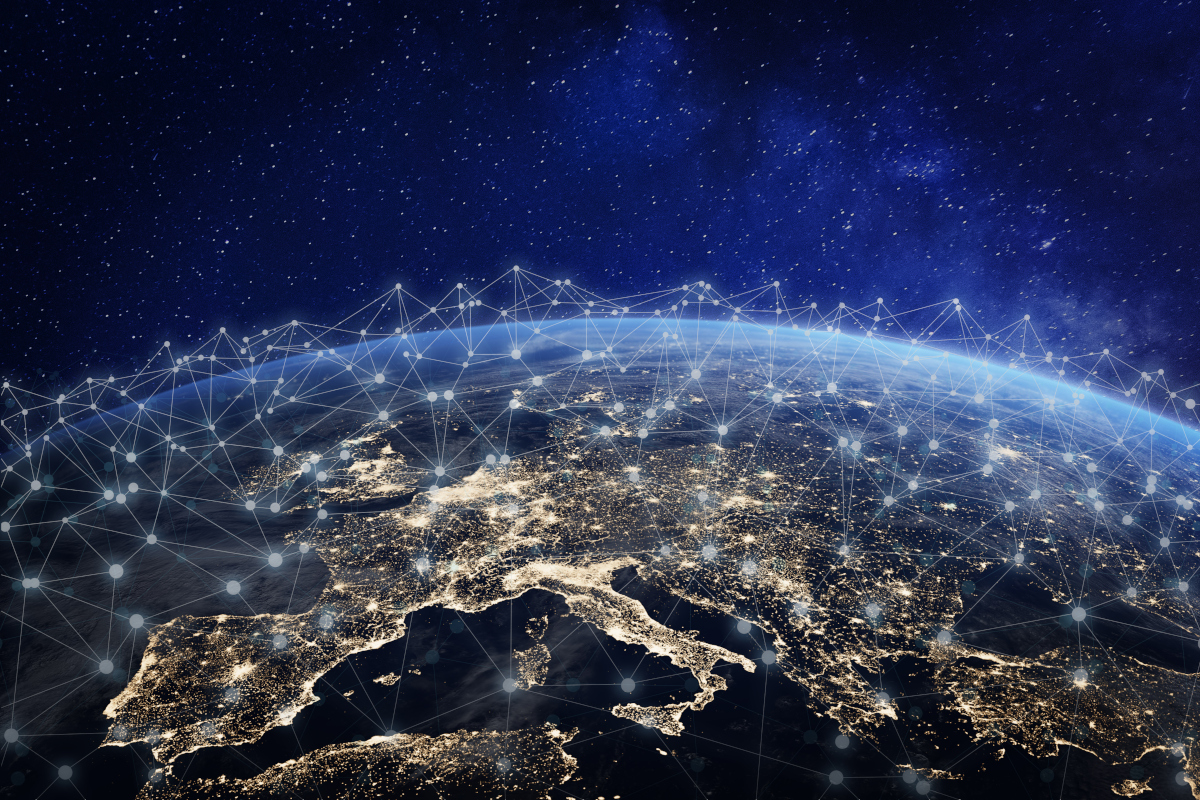
Satellite Connectivity Solutions
Satellite connectivity is reshaping the landscape of IoT remote and real-time monitoring, offering a set of unique features that terrestrial networks can struggle to match. With its wide-reaching, continuous coverage that isn’t bound by the need for multiple licences or limited by geographical constraints, satellite technology delivers significant benefits in terms of coverage, reliability and scalability in the IoT ecosystem. This reliability extends to its resilience against terrestrial infrastructure disruptions and harsh weather conditions, ensuring that critical data continues to flow even in the most challenging environments.
Satellite Backhauling
Satellite backhauling represents a foundational principle of satellite connectivity. It serves as a robust solution that bridges the gap between remote sensors and the central processing hub, with the ability to effectively cover vast distances. Satellite backhauling involves collecting data from numerous sensors located in remote or hard-to-reach areas and transmitting it through a central satellite terminal, such as Hughes 4500 or 4510 MSS terminals, to a processing centre. This method proves invaluable in scenarios where terrestrial networks fall short, offering an efficient way to manage data from widespread locations reliably.
Satellite backhauling offers significant advantages in areas where there is high device density. A single backhaul link can handle data from thousands of devices, making it economical where the cost can be recompensed over many connections. However, with the required investment in the terminal hardware and data transmission costs, it is not always commercially attractive when there are smaller numbers of devices and data requirements.
Direct-to-Satellite Solutions
On the frontier of satellite connectivity innovations are direct-to-satellite solutions, which enable IoT devices to communicate directly with satellites, bypassing the need for terrestrial infrastructure or central satellite terminals.
This approach is exemplified by technologies integrating satellite connectivity with LoRa® to create solutions like Maxxive IoT. This solution integrates our EM2050 module directly into the IoT device, streamlining the process of sending data directly from the source to the satellite.
The emergence of Non-Terrestrial Network (NTN) Narrowband IoT (NB-IoT) technologies will further substantiate the potential of direct-to-satellite solutions, expanding the possibilities for IoT deployments in remote areas.
Direct-to-satellite solutions are especially effective in scenarios where devices are widely distributed across remote locations and need to transmit small amounts of data infrequently. For example, this technology significantly benefits applications such as environmental monitoring in uninhabited areas, critical infrastructure management over vast regions, or asset tracking across multiple territories. When there is sparse sensor deployment, the lack of a requirement for additional infrastructure delivers a valuable cost advantage. It also supports ease of deployment and scalability. Moreover, the low-power consumption of LoRa® technology adds further cost benefits and convenience when devices are in remote or hard-to-reach areas.
Challenges of Satellite Connectivity
While satellite connectivity offers many benefits, it also comes with challenges. For example, there are the initial investment costs and infrastructure requirements for satellite backhauling. However, as explored above, innovations in direct-to-satellite solutions using technology such as LoRa® are circumventing traditional infrastructure and cost hurdles, making satellite connectivity an increasingly viable option for wide-ranging IoT remote and real-time monitoring applications, even for those with stringent budget constraints. As this technology becomes more widely adopted, we’ll see increasing evidence of the advantages it can deliver.
Achieving Optimal Connectivity for IoT Remote and Real-Time Monitoring
Choosing between the terrestrial and satellite connectivity options for remote and real-time monitoring hinges on specific project needs like coverage availability, device distribution, data volume, and latency requirements. Terrestrial networks offer robust solutions for high-density, urban environments with lower latency and higher data throughput. Satellite shines in providing extensive coverage, which is especially vital for remote locations. There’s also a hybrid approach, combining terrestrial strength with satellite reach.
EchoStar Mobile’s Maxxive IoT network has this dual-mode function, offering connectivity that can seamlessly switch from our licensed 2GHz satellite spectrum (S-band) to terrestrial sub-GHz EU/US ISM bands where available. It has been designed to complement terrestrial networks, integrating effortlessly into their ecosystems to extend coverage into remote regions. A hybrid approach like this presents an adaptable and efficient solution, particularly for IoT applications that require uninterrupted connectivity across a variety of environments or regions.
Overcoming Limitations in Current Deployments
Selecting the ideal connectivity solution for an IoT application is crucial, as each option presents distinct advantages tailored to specific needs and can dramatically enhance efficiency, reliability, and overall effectiveness.
Here are some use cases to illustrate the importance of choosing the most appropriate connectivity solution.

Scenarios Where Satellite Connectivity Excels
Asset Tracking Across Remote Areas: In vast, uninhabited regions like mountains, deserts, dense forests and oceans, terrestrial networks often fall short, making satellite connectivity indispensable. For instance, tracking shipping containers, freight and vehicle movements, or even wildlife requires a solution that can transmit data over long distances without relying on ground-based infrastructure. Satellite technology’s broad coverage ensures that assets remain visible, regardless of location.
Critical Infrastructure Monitoring in Isolated Locations: Monitoring critical infrastructure like oil pipelines, wind farms, or remote electrical substations is challenging with terrestrial connectivity due to their often-isolated locations. Satellite connectivity enables reliable, real-time data transmission from these sites, ensuring prompt maintenance actions and security responses, thereby safeguarding essential services.

Where Terrestrial Connectivity is Preferable
Urban Smart City Applications: In densely populated urban areas, smart city initiatives like traffic management, public safety monitoring, and environmental sensing benefit greatly from terrestrial connectivity. The typically higher data throughput and lower latency of cellular networks, combined with the ubiquity of Wi-Fi in urban environments, offer real-time responsiveness that satellite cannot always match due to latency issues and data bandwidth constraints.
Industrial and Commercial IoT Applications: Factories, warehouses, and retail environments in populated environments, where a high concentration of devices requires constant communication, exemplify scenarios where terrestrial networks excel. The reliability of Wi-Fi for indoor tracking and management systems or the use of cellular and LPWAN technologies for logistics and supply chain monitoring in urban or suburban areas showcases the effectiveness of terrestrial connectivity in environments where satellite offers no clear advantage.
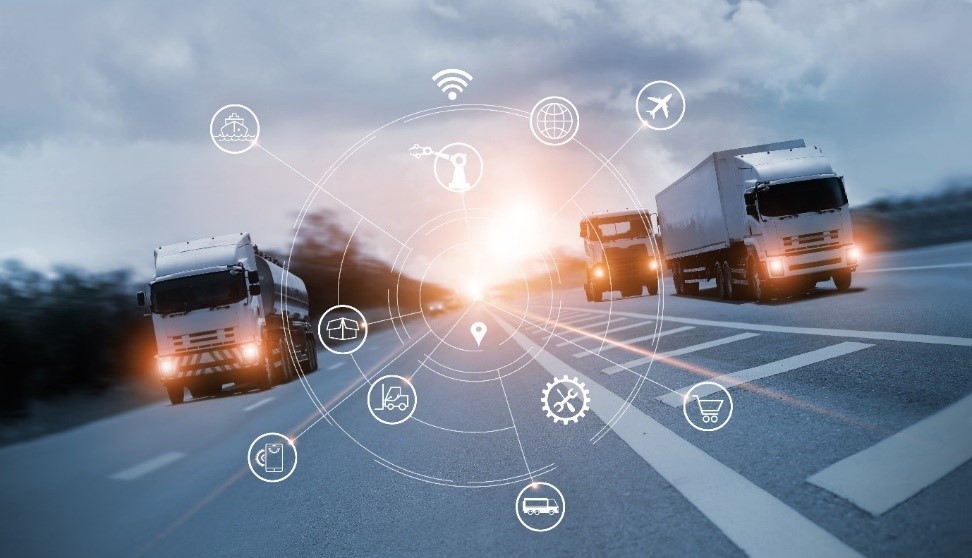
Bridging Gaps with Hybrid Solutions
When IoT applications have varying requirements, such as moving from densely populated to remote regions, hybrid or dual-mode solutions offer the versatility needed. By intelligently switching between satellite and terrestrial networks depending on availability, these solutions can optimise coverage, performance, and cost.
For instance, a logistics company might use cellular connectivity to track a fleet across populated areas and switch to satellite when vehicles move through deserts or remote mountainous regions. This flexibility ensures uninterrupted remote and real-time monitoring and data collection, optimising the benefits of IoT by maintaining consistent connectivity across the most challenging environments.
Selecting the best-suited connectivity solution, whether terrestrial, satellite, or hybrid, hinges on a clear understanding of the application’s specific demands. By carefully considering the trade-offs and leveraging the strengths of each connectivity type, businesses and organisations can overcome the limitations present in current deployments, unlocking the full potential of IoT remote and real-time monitoring.
The Future: Trends and Innovations in IoT Remote and Real-Time Monitoring
The future of IoT remote and real-time monitoring is poised on the brink of transformative advancements, propelled by the evolution of connectivity technologies and the integration of cutting-edge innovations. As we look ahead, the progress of 5G and Non-Terrestrial Networks (NTN) with the integration of LoRa® or NB-IoT technologies collectively promises to expand and enhance connectivity possibilities. Meanwhile, the integration of AI and machine learning has the potential to redefine the possibilities of IoT applications. However, navigating the adoption of these technologies also presents unique challenges.
5G is at the forefront of transforming IoT connectivity with its ultra-low latency and high data throughput, enabling instantaneous data processing and decision-making. The integration of NTN (non-terrestrial networks) with 5G seeks to extend this high-performance connectivity globally. 5G NTN (which would include the use of satellite networks) has the potential to ensure even remote areas out of reach of terrestrial coverage benefit from the advancements 5G offers.
The challenge comes in establishing standardisation protocols to support seamless interoperability between terrestrial and non-terrestrial components. Effective collaboration between relevant stakeholders will be needed to unlock the potential of 5G NTN.
Satellite technology is rapidly advancing. Low Earth orbit (LEO) satellite constellations are becoming a significant component of IoT due to their reduced latency and real-time data transfer, and their use will likely increase. We also expect to see a convergence between geostationary (GEO) and LEO satellites to enable seamless integration between different networks and to support applications with diverse requirements. The primary challenges here include the high costs associated with satellite launches and the management of space debris.
LoRa® and NB-IoT technologies continue to push the boundaries of LPWAN capabilities, offering solutions that balance long-range communication with low power consumption. As the integration of these technologies into NTN, such as satellite networks, progresses, the benefits of direct-to-device connectivity, where no additional infrastructure is required, will be experienced in a wider range of IoT applications in the most remote regions.
With the standardisation of LoRa® technology supporting interoperability between direct-to-satellite solutions and terrestrial networks, we are already seeing the benefits of the seamless switch between these connectivity types, depending on the requirements. As progress is made with NTN NB-IoT development, the adoption of this technology will bring new benefits to remote and real-time monitoring of IoT applications. Again, collaboration, standardisation and interoperability are critical factors in ensuring these solutions are effective in the market.
Integration with Emerging Technologies
The integration of AI and Machine Learning with IoT devices is transforming remote and real-time monitoring, enabling systems to predict failures, optimise operations, and make autonomous decisions based on data analytics. The complexity of implementing these technologies and the need for significant processing power are challenges that need addressing.
Scalability and Sustainability
Developing scalable and sustainable IoT solutions is crucial in accommodating the exponential growth of IoT devices while minimising environmental impacts. This entails designing energy-efficient devices, utilising renewable energy sources for power, and implementing end-of-life recycling programs for IoT components. Balancing performance with environmental responsibility poses a challenge but is essential for the long-term success and acceptance of IoT technologies.

Summary and Final Thoughts
In navigating the complex landscape of IoT remote and real-time monitoring, it’s clear that no single connectivity solution fits all scenarios. Terrestrial technologies offer robust options for many applications but come with limitations in range and infrastructure requirements. On the other hand, satellite connectivity extends the reach to the most remote areas, overcoming geographical constraints albeit with considerations for latency and cost. The value of direct-to-satellite technology provides a solution to these concerns. Moreover, by leveraging dual-mode capabilities, these solutions emerge as a compelling method of blending the strengths of terrestrial and satellite networks to achieve unparalleled coverage and reliability.
At EchoStar Mobile, our cutting-edge Maxxive IoT solution is designed to meet diverse connectivity needs, ensuring operations stay connected wherever they are. If you have any questions about this solution or our ongoing work in developing seamless connectivity services, please get in touch with our team.
Please let me know if you have any new information that may not be widely available to add here.
Read Use Cases
-
- Introduction
- What is Remote and Real-Time Monitoring, and Why is it Important?
- Terrestrial Connectivity Solutions
- Satellite Connectivity Solutions
- Achieving Optimal Connectivity for IoT Monitoring
- Overcoming Limitations in Current Deployments
- The Future: Trends and Innovations in IoT Remote and Real-Time Monitoring
- Summary and Final Thoughts


